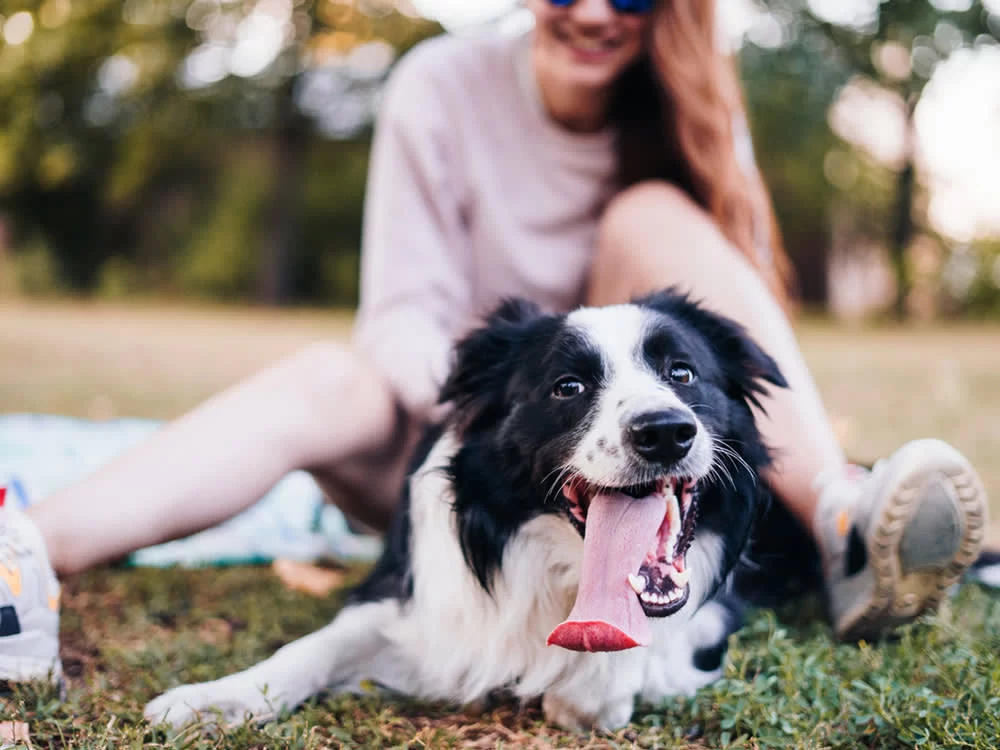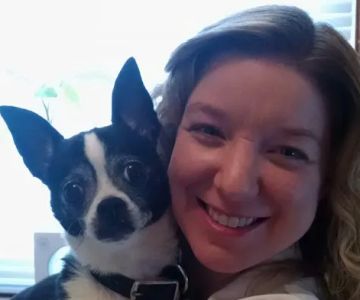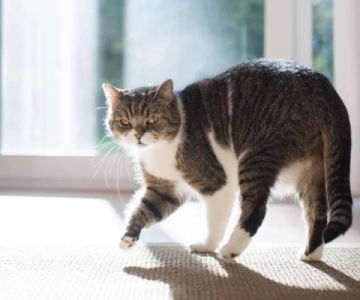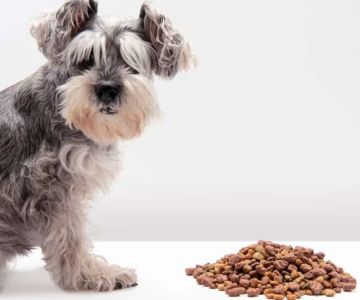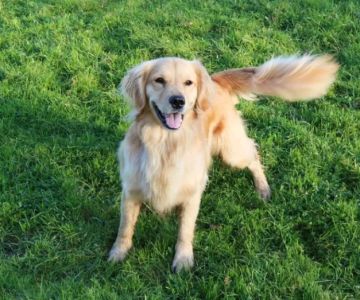Why is Your Dog Panting Excessively After Physical Activity?
As a dog owner, it can be a common sight to see your furry friend panting heavily after a long walk, a run, or a day at the dog park. While panting is a natural way for dogs to regulate their body temperature, sometimes the panting can seem excessive. In this article, I’ll take you through the different reasons why your dog may be panting after physical activity, how to differentiate between normal and excessive panting, and what steps you can take to ensure your dog's well-being.
Understanding Normal Panting After Exercise
First, it’s essential to recognize that panting is a normal response for dogs when they engage in physical activity. Unlike humans who sweat to cool off, dogs primarily use panting to regulate their body temperature. During exercise, their heart rate increases, and they generate body heat. Panting allows them to expel heat and cool down. This process helps maintain a healthy balance of internal temperature and can last for several minutes after a workout.
In many cases, a few minutes of heavy panting after vigorous play or exercise is perfectly fine. You’ll notice that their breathing may be rapid, but it will gradually slow down as their body temperature normalizes. However, there are instances where the panting may become excessive or prolonged. That’s when you need to pay attention.
When Does Panting Become Excessive?
Excessive panting refers to when your dog’s panting seems more intense, continues longer than usual, or appears out of proportion to the physical activity they’ve just engaged in. If your dog’s panting continues well after exercise or is accompanied by other symptoms such as drooling, lethargy, weakness, or confusion, it may be a sign of an underlying health issue.
For example, I remember when my dog, Max, after a normal 30-minute jog in the park, started panting heavily for over an hour. Initially, I thought it was just due to the excitement, but the panting didn’t subside. I kept an eye on him, and soon after, I noticed that he was also acting more sluggish than usual. This prompted me to seek professional advice. Fortunately, Max was fine after the vet determined he had been overexerted. He had pushed himself harder than usual, which caused prolonged panting. However, this is not always the case, and sometimes excessive panting may be a sign of more serious issues.
Common Causes of Excessive Panting After Physical Activity
1. Overexertion
Just like humans, dogs can push themselves too hard during exercise, especially if they’re not used to a certain level of activity or if they are overly excited. When a dog is overexerted, their body struggles to cool down efficiently, leading to excessive panting. If this happens occasionally and there are no other concerning symptoms, it’s typically just a sign that your dog may need to slow down a bit in the future.
2. Heatstroke
Heatstroke is a serious condition that can occur when a dog becomes overheated, especially after strenuous physical activity. If your dog is panting excessively, has a bright red or pale gums, is drooling excessively, or seems disoriented, they might be suffering from heatstroke. It’s crucial to act fast if you suspect heatstroke – get your dog into a cooler environment, offer water, and contact a veterinarian immediately. Prevention is key here; always ensure your dog has access to shade and water, and avoid vigorous exercise during the hottest parts of the day.
3. Underlying Health Conditions
Excessive panting can also be a sign of a health issue. Conditions like heart disease, respiratory problems, or pain can cause your dog to pant excessively, even after mild physical activity. For example, dogs with heart conditions often have difficulty circulating oxygen effectively, which may result in labored panting. If you notice a pattern of unusual panting, or if your dog shows other symptoms like coughing, lethargy, or a decrease in appetite, it’s important to get them checked by a veterinarian to rule out any health concerns.
4. Anxiety or Stress
Another common reason for excessive panting in dogs is anxiety or stress. Some dogs may experience panting after a stressful experience, like a car ride, a trip to the vet, or even after a particularly exciting walk. If your dog is a nervous type, it’s worth considering their emotional state as a possible cause of the panting. While not directly related to physical activity, anxiety can increase panting and other behavioral signs like pacing or trembling.
How to Manage Excessive Panting in Dogs
1. Avoid Overexertion
As mentioned earlier, overexertion can lead to excessive panting. To prevent this, be mindful of your dog’s physical limits. Gradually increase the intensity and duration of exercise, especially if they’re a puppy or older dog. Dogs have different stamina levels, and while one dog may handle a long run, another might only be able to manage a short walk. Learn your dog’s limits, and don’t push them too hard.
2. Keep Them Hydrated and Cool
Make sure your dog always has access to fresh water, especially during and after physical activity. Dehydration can exacerbate panting, and a dog that’s overheated can develop more severe symptoms like heatstroke. Always provide shade and avoid walking or playing during the hottest parts of the day, particularly in the summer months. If your dog starts panting excessively, cool them down with a damp towel or a cool breeze.
3. Vet Check-Ups
If excessive panting persists or if it’s accompanied by concerning symptoms like lethargy or coughing, it’s time to schedule a vet appointment. A veterinarian can rule out any underlying health problems and provide guidance on how to manage your dog’s health more effectively. Regular check-ups can ensure that your dog remains in good health and that any potential issues are addressed early on.
4. Address Anxiety or Stress
If you believe anxiety or stress is causing your dog to pant excessively, consider introducing calming activities or products. Things like puzzle toys, relaxation techniques, and, in some cases, anti-anxiety medication prescribed by your vet can help alleviate stress. Creating a calm environment for your dog can go a long way in reducing excessive panting triggered by anxiety.
Conclusion: Understanding Your Dog’s Panting Behavior
As a responsible dog owner, it’s important to stay alert to your dog’s physical and emotional needs. While some panting after exercise is normal, excessive panting can be a sign of overexertion, heatstroke, or underlying health issues. By keeping an eye on your dog’s behavior, managing their activity level, and ensuring their comfort, you can help them stay happy and healthy. If in doubt, always consult with a veterinarian for personalized advice tailored to your dog’s needs.

